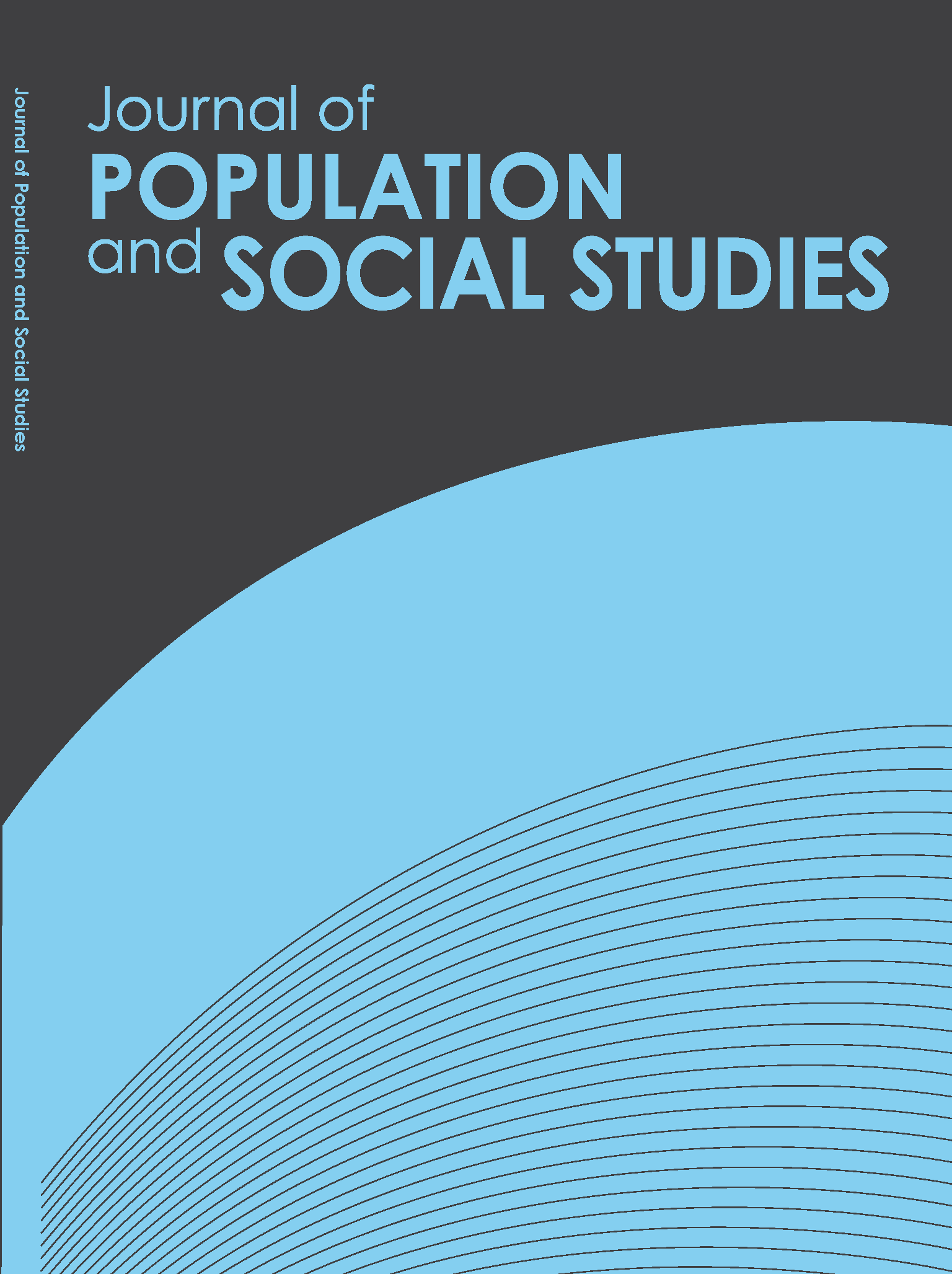Factors Contributing to Fertility Decline in Nepal
Main Article Content
Abstract
While the fertility transition in Nepal started in the 1980s, the decline was rather modest until the early 1990s. Nepal witnessed a sustained decline in fertility, falling from 5.1 children per woman in 1991 to 4.6 in 1996 and 4.1 in 2001, with a further drop to 3.1 in 2006 and 2.6 in 2011. Reduction of fertility by half in two decades (from 5.1 in 1991 to 2.6 in 2011) and by one child per woman in five years (4.1 in 2001 to 3.1 in 2006) is a remarkable achievement. Fertility in urban areas has reached an ultra-low level of 1.6 as compared with 2.8 in rural areas. Women completing School Leaving Certificates have also experienced ultra-low fertility of 1.7. This paper examines fertility levels, trends and differentials. It also employs a decomposition analysis technique to determine the components of changes in total fertility rate (TFR) due to marital structure and marital fertility, covering the inter-survey periods, 1991-1996, 1996-2001, 2001-2006 and 2006-2011. Results show that during the period of 1991-1996, marital structure contributed to the rise in fertility, which was more than counterbalanced by the negative influence of the decline in marital fertility. In the later periods, while changes in marital structure began to play some role in the fertility decline, the contribution of marital fertility was still more pronounced. Rise in contraceptive use has been the primary reason for fertility decline. Age at marriage has begun to rise slowly. However, most recently, contraceptive use has not increased to explain the continuous fall in fertility. Factors such as an increase in male migration and induced abortion have been suggested as causes of the continued decline in fertility.
Article Details
References
Abbasi-Shavazi, M. J., Hosseini-Chavoshi, M., Khosravi, A. & Banihashemi, F. (2013, August). The own–children estimates of fertility applied to the 2011 Iran Census and the 2010 Iran-MIDHS: An evaluation. Paper presented at the XXVII IUSSP International Population Conference, Busan, Republic of Korea.
Abbasi-Shavazi, M. J. & Gubhaju, B. (2014). Different pathways to low fertility in Asia: Consequences and policy implications. (DESA Expert Paper No. 2014/1). New York: United Nations, Department of Economic and Social Affairs, Population Division.
Adhikary, U. P. (2014). Age-sex composition. In Population monograph of Nepal-2014. Volume II: Social demography (pp. 39-69). Kathmandu: National Planning Commission Secretariat.
Bongaarts, J. (1978). A framework for analysing the proximate determinants of fertility. Population and Development Review, 4(1), 105-132. doi: http://dx.doi.org/10.2307/1972149
Bongaarts, J. (2008). Fertility transitions in developing countries: Progress or stagnation? Studies in Family Planning, 39(2), 105-110. doi: http://onlinelibrary.wiley.com/doi/10.1111/j.1728-4465.2008.00157.x
Bongaarts, J., Cleland, J. C., Townsend, J., Bertrand, J. T. & Gupta, M. D. (2012). Family planning programs for the 21st century: Rationale and design. New York: Population Council.
Central Bureau of Statistics. (2012). National population and housing census-2011. National report. Kathmandu: National Planning Commission Secretariat.
Cho, L.-J. (1973). The own-children approach to fertility estimation: An elaboration. In Proceedings of the International Population Conference, Liege, 2,263-280, Liege: IUSSP.
Grant, J., Hoorens, S., Sivadasan, S., Loo, M., DaVanzo, J., Hale, L., Gibson S. & Butz W. (2004). Low fertility and population ageing: Causes, consequences, and policy options. UK: European Commission. RAND Corporation.


